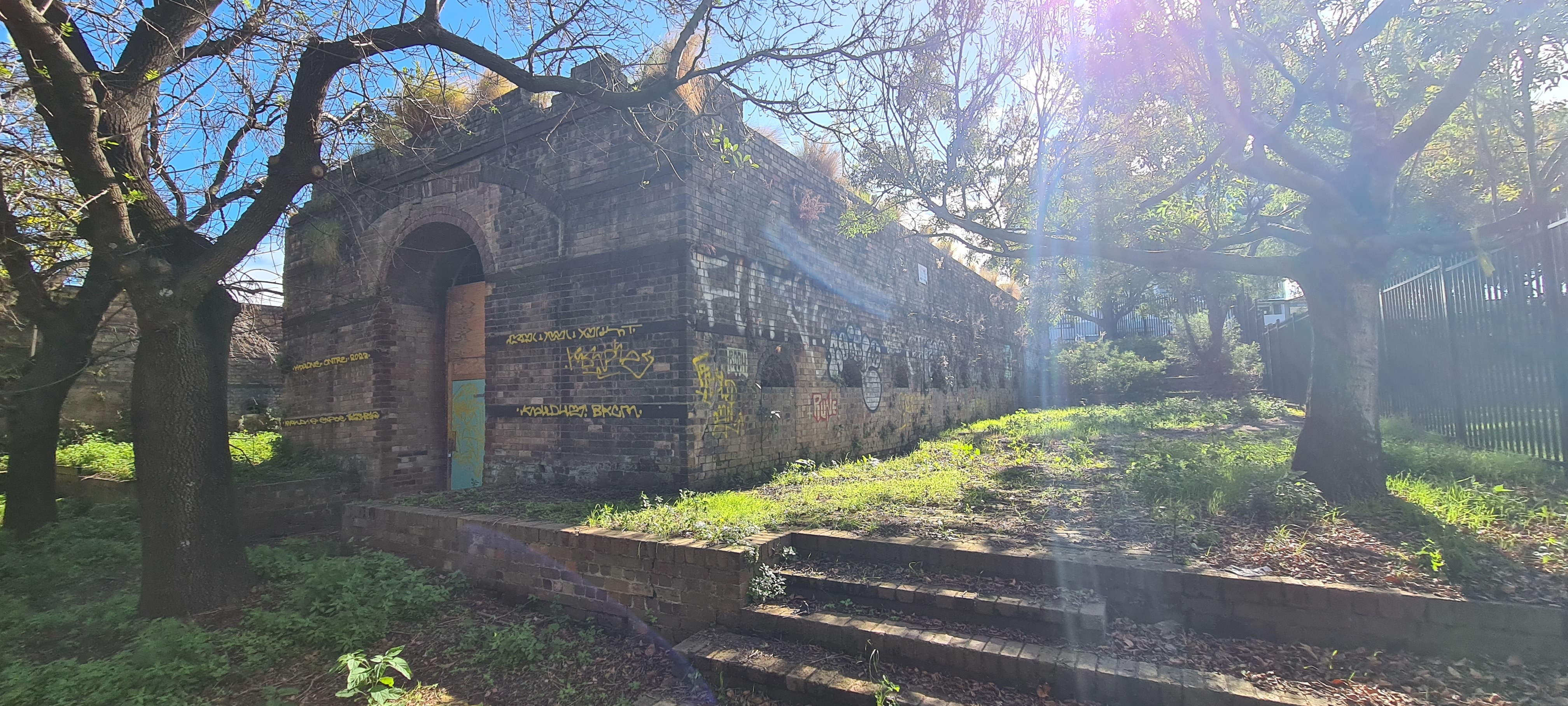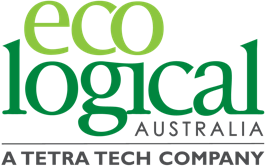Meet the Experts - Gary Marriner
Tuesday, 11 February, 2025

How do you uncover the hidden stories of the past?
Dr. Gary Marriner, a heritage expert at Eco Logical Australia, has spent his career piecing together human history—from excavating ancient sites in Europe to working on projects that reveal over 65,000 years of cultural heritage in Australia.
Read to learn more about what drives Gary's passion for archaeology, the challenges of heritage conservation, and why getting heritage consultants involved early can make all the difference for your projects.
1. How do you explain your job to someone at a party?
I investigate, interrogate, present, and protect the human past through its material remains. This is a pretty lofty goal, so it can be tricky at parties. It’s normally best described as digging up old objects to protect them or looking after heritage buildings when work is being undertaken.
2. What inspired you to pursue a career in Heritage?
As a kid I was fascinated by the past, specifically the medieval period of chivalrous knights and castles, this morphed as I grew into a general awareness of the antiquity of the landscape around me and intrigued into its formation and change.
Following high school, I went labouring for a while and spending my days trenching, I kept finding things in the ground which really inspired me to view my interest in the human past through the lens of archaeology. There is a special, unique thrill of being the first in centuries, sometimes millennia to hold an object in your hand.
3. What are some of the key challenges you tackle in your role, and what problems do you enjoy solving?
Explaining why my job matters is the biggest challenge. There is a lingering perspective that views heritage as either an unnecessary waste of time and money or worse, as actively trying to prohibit development.
When we can spend time in these situations though and explain the unique and important role heritage and archaeology have in our lives, and how it remains often as the only reliable evidence of human endurance it can be exceedingly rewarding. Watching a sceptic change and get on board will always be satisfying.
4. What’s the most fascinating project you’ve ever worked on, and why?
I spent a large part of my career deliberately seeking out the most fascinating work possible and this has led me to travel the world and work in some incredible places. From excavating 250,000 year old cave bear sculls in the Dinaric Alps of Central Bosnia and Herzegovina, to traversing the jungles of Cambodia in search of Angkorian Temples identified on LiDAR.
Since coming to Australia this has continued including excavating in the heart of Circular Quay, on the very landform that British Settlement began and increasingly working with Aboriginal Community to understand the evidence of over 65,000 years of continued cultural land use.
5. What’s one change you’d like to see in Heritage in Australia over the next 10 years?
A much wider appreciation and presentation of our work by the public. Currently, in many circumstances, our projects end when the final report is submitted to a client. I’d like to see a change wherein there is a much greater emphasis on, and the legislative backing for, mandatory presentation of results to the public.
A lot of people care deeply about the history of their local area and community and the presentation of results will help to improve overall perceptions of heritage.
6. If you could share one expert tip with clients working on heritage in projects, what would it be?
Get us in early! Far too often clients wait until after conditions of approval have been issued or approval authorities have been approached.
We almost always know what kind of work will be required for a site very early on in the process and given the long time-frames heritage work can have, it is always best to get us in early!
7. Have you had any mentors who shaped your career?
During the end of my undergraduate studies and through my MPhil I was mentored by Prof Charly French. Charly is one of the most eminent geoarchaeologists in the world and has worked as a leading researcher globally for decades.
Most importantly though, Charly is a kind, open, and welcoming mentor who taught me the importance of listening to those around me, taking time to consider the bigger picture and enjoy the aspects of archaeology that come away from the trenches.

8. What’s the best piece of advice you’ve ever received?
Listen more than you talk and never be afraid to sit in silence.
9. What’s a book, podcast, or resource you’d recommend to someone in your field?
Given the scope of archaeology is the entire human past, it is a little tricky to nail it down! Books I’ve enjoyed recently include Bennelong and Phillip: A History Unravelled by Kate Fullagar and Captain Bligh’s Other Mutiny by Stephen Dando-Collins.
Both provide an entertaining and novel approach to key periods in the development of Australia. For podcasts about the past You’re Dead to Me from the BBC and This is History are brilliant and information. Resource wise, never, ever look past your local library. One of the best parts of my job is when I get to go and spend time at local libraries.
10. What’s your favourite way to spend time outside of work?
Taking walks with my family in the stunning Australian landscape, from bush to coast, this country is special.
